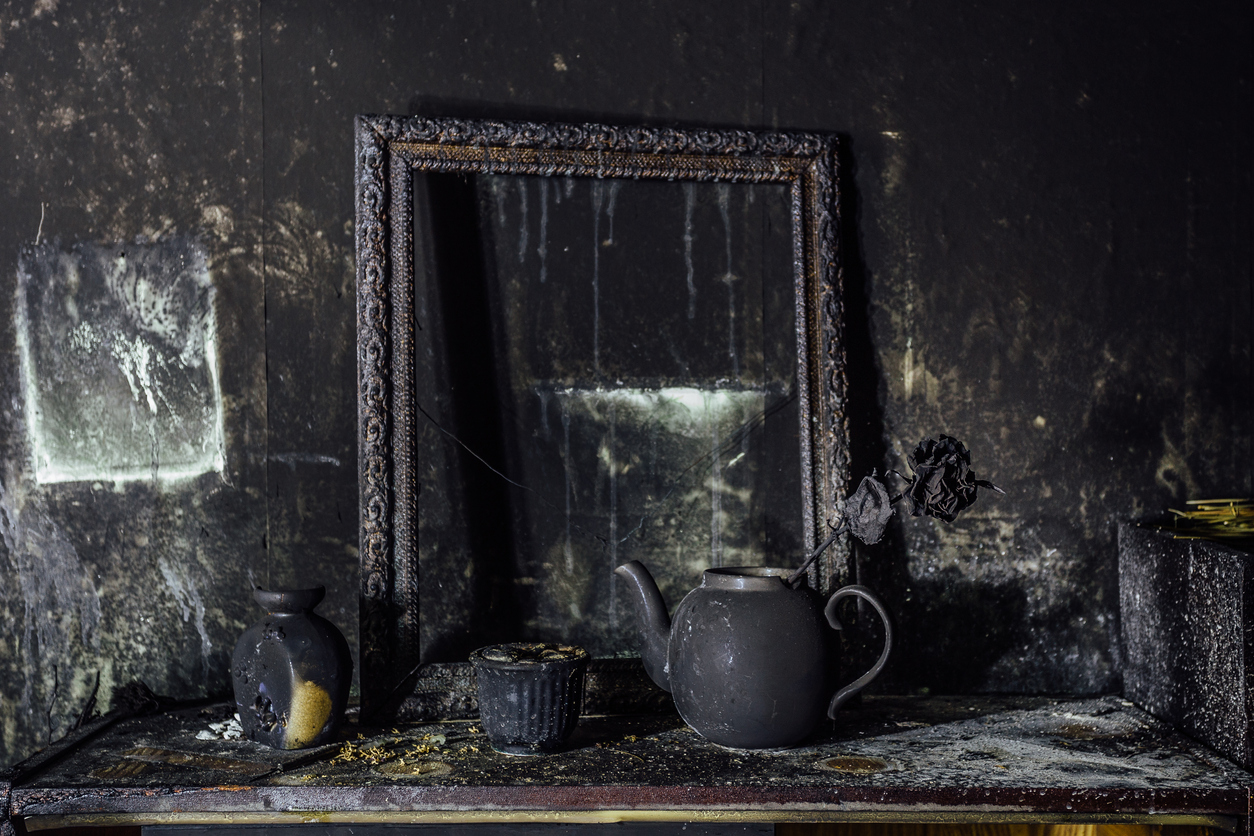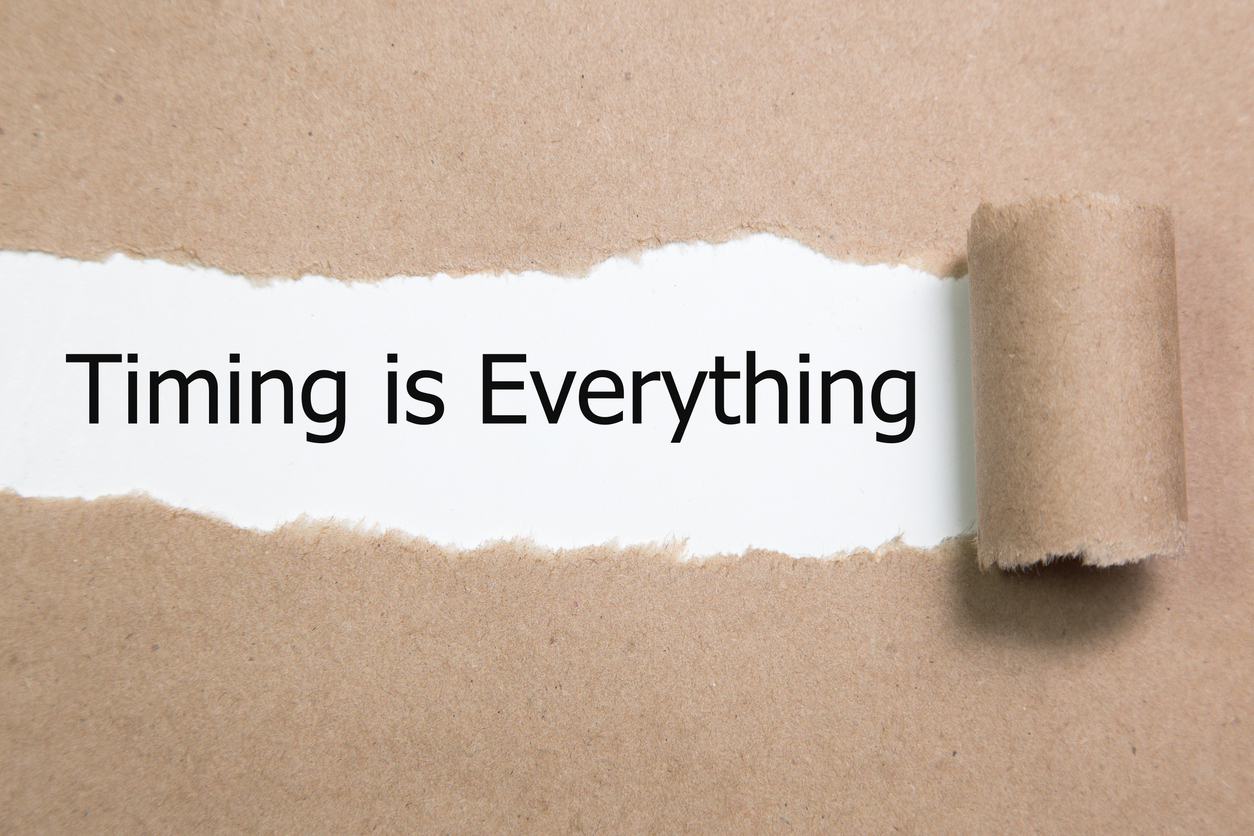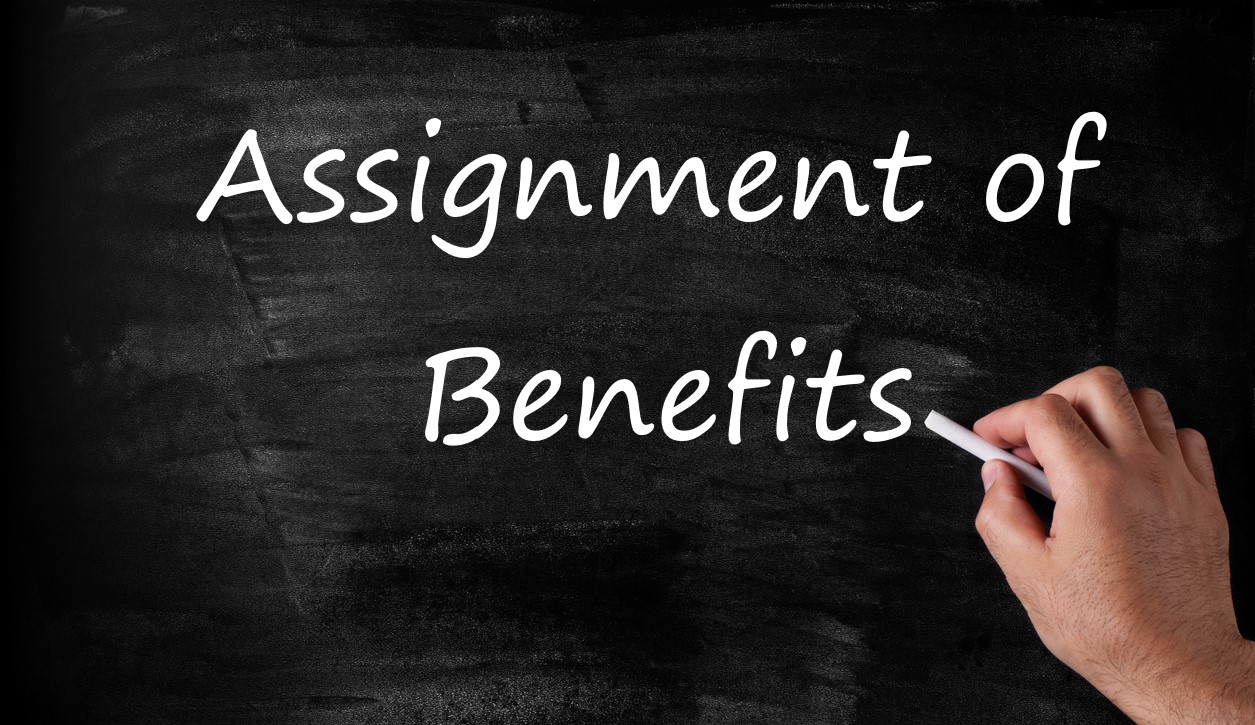Partial losses from smoke, ash, and soot are some of the most complex and challenging claims facing policyholders when insurers will not fully agree to help investigate and evaluate the extent of damage. All you have to do is read the transcript from a recent virtual town hall meeting in Colorado to get a flavor for what is going on when policyholders are faced with dealing with their insurance adjusters. This post is a follow-up to Soot, Ash, and Char Claims Are Hot Topic At Colorado Insurance Commission Virtual Town Hall Meeting.
The Colorado Division of Insurance should be applauded for holding this townhall meeting and for its transparency. Michael Conway started the meeting stating, in part:
We know that you are, are dealing with that nightmare experience that..you hope that you are never gonna have to deal with. And we also know though that it’s an important opportunity for us to be able to be here and answer your questions and work through issues.
My impression is that the Colorado Division of Insurance is doing its best to help support policyholders in their time of need while also trying to look at long-term market and affordability issues facing insurance companies having to pay for increased frequency and severity of wildfires in Colorado. Michael Conway was emphasizing these issues just before the latest Colorado wildfires struck as, noted in Climate Change and New Technology Tracking Risk Is Significantly Impacting the Property Insurance Industry.
Amy Bach of United Policyholders was a participant. United Policyholders has a lot of experience with these types of fires. She stated that a first concern is your heath and stressed testing before moving back in:
[W]hy are there these unique challenges for a partial loss or standing home?.. it’s.. largely because there’s subjectivity involved in what happened… to your house as a result of the fire. ..it’s not as clean cut..but the question is what happened to it? So, you know, my strongest recommendation is that…your focus…be health…concerns. There are rumors…fear…it’s very personal. If you feel like an insurance company is pressuring you to move back into a house, you don’t feel safe… your objective of course, is to restore your home to its pre-loss condition, to have it properly inspected by someone who’s qualified to have it tested, to have it properly remediated, which is just a…word for put back where the way it was before the loss. That can involve repairs replacing and then have it be retested before you move back in.
Bach suggested that most insurance company adjusters are not trained to make a determination of whether a home is safe from toxic smoke, soot, and ash damage:
[T]he reality is that unless an insurance company adjuster has this training and the certification, and can conduct appropriate testing, they’re really not qualified to determine whether there are harmful particulates or hydrocarbons in your home and whether your home is safe to move back into.
An independent insurance adjuster also spoke and stated that a certified hygienist will need to be part of the damage evaluation:
I am not a certified hygienist nor is my adjuster. We will be making recommendations from the field side that a certified hygienist is retained. If you have a resource that you would like to utilize, you can coordinate that with your carrier. Oftentimes, they will have a list of hygienists available. It’s been my experience, it’s sometimes to your benefit for there to be several options, mainly because of scheduling and getting someone out there timely. So, most of the time, your carriers will have a list of individuals in hopes that they can get someone out there as soon as possible. But the field adjuster is there to just document the conditions.
Policyholders were on the line, asked questions, and made comments. One of the first made comments about out-of-state catastrophe adjusters showing up and then disappearing:
[T]he adjuster that came, State Farm as well, that came from State Farm was an independent adjuster from out of state. He’s been communicative and I’m able to reach him and ask questions, but he’s clearly stated while he’s here, but when he leaves, I no longer have access to him. Is that normal? You seem to apply that imply that out of state adjusters were, you know, always gonna be available. Even if they’ve gone back home, I can still reach them—but, that’s not what he told me.
Readers may be interested in reading the entirety of the policyholder comments.1 At one point, Commissioner Conway remarked about his own frustration based on a policyholder’s complaint:
[I]f based on just your frustration right now and my increased blood pressure going up as we sit here talking.
Again, these are catastrophe situations with few fully trained field adjusters. There is a lot of misinformation. One thing is clear—health should be of concern regarding the remediation of smoke, soot, and ash from a partially damaged wildfire structure.
Thought For The Day
To keep the body in good health is a duty… otherwise we shall not be able to keep our mind strong and clear.
—Buddha
______________________________________
1 Transcript. Virtual Insurance Town Hall – Partial Losses from the Boulder Fires & Straight Line Winds. Colorado Dept. of Regulatory Agencies (DORA). Jan. 19, 2022.




